Best hiking boots for women - The Top 5
Selecting the right hiking boots for women can transform a good hiking experience into a great one. The challenge, however, lies in finding a pair that fits perfectly, offers adequate support, and suits the specific terrain you plan to conquer. With the diverse range of options available, it can feel overwhelming to make the right choice. This guide aims to demystify the process, providing a detailed look at the best hiking boots for women, ensuring your next outdoor adventure is both comfortable and enjoyable.

The Quest for the Perfect Fit
Finding the right hiking boot for women is more than just a matter of style; it's about discovering a boot that fits the unique shape of your foot and supports you through miles of trails. Women often face the challenge of finding a boot that can accommodate a wider forefoot or a narrower heel, a common foot shape variation among women. Ensuring a precise fit is critical, as the right boot will provide the necessary support without compromising on comfort or causing blisters and discomfort during long treks.
To achieve the perfect fit, it’s essential to consider both the volume and the length of the boot. The heel should fit snugly, preventing any slippage, which can lead to blisters. At the same time, the midfoot should feel secure but not overly tight, with ample room in the toe box for your toes to move freely without cramping. This space is crucial, as your feet tend to swell during hikes, especially on longer excursions.
When trying on hiking boots, it’s recommended to wear the socks you plan to hike in, as this will give you the most accurate sense of how the boot will fit on the trails. Additionally, since feet naturally expand throughout the day, trying on boots in the afternoon or evening can provide a better fit to accommodate this swelling.
Don’t overlook the importance of the boot’s lacing system, which can greatly affect fit and comfort. A good lacing system will allow you to adjust the tightness over different parts of the foot, ensuring a customized fit that holds your foot securely in place.
Lastly, patience is key in the quest for the perfect fit. Spend time walking around in the boots, ideally on an inclined surface if available, to get a feel for how they will perform on actual hikes. Remember, a boot that feels slightly uncomfortable in the store is unlikely to become more comfortable on the trail.
By prioritizing fit and keeping these considerations in mind, you'll be well on your way to finding a hiking boot that offers the support and comfort needed for your outdoor adventures.
Keep Reading: 5 of the Best Mountaineering Backpacks in 2024
Understanding the Types of Hiking Boots
Hiking boots are classified based on their design and the level of support they offer, which directly correlates to the type of hiking you plan to undertake. There are three primary categories to be aware of: low-cut, mid to high-cut, and mountaineering boots.
Low-cut hiking boots resemble traditional sneakers but with added durability and traction suited for outdoor trails. They're an excellent choice for light, day hikes on well-maintained paths. Their minimal design allows for greater flexibility and comfort, making them a popular choice for casual hikers who prioritize speed and agility over rugged terrain support.
Mid to high-cut boots are the versatile workhorses of the hiking boot world. Extending over the ankle, they offer increased support and protection against sprains, especially on uneven terrain or when carrying heavier packs during multi-day trips. Their construction balances flexibility and support, with features aimed at providing stability without overly restricting movement. These boots are suitable for a wide range of hiking activities, from forest trails to more demanding backcountry excursions.
Mountaineering boots are designed for the most challenging hiking conditions. They are built to support the feet and ankles in rugged, often vertical or snow-covered terrains. These boots are stiffer and more robust than their low and mid-cut counterparts, offering maximum protection and support. The added durability and specific design features, such as compatibility with crampons for ice and snow, make them ideal for high-altitude and winter hiking adventures.
Choosing the correct type of boot requires considering the terrain you'll most frequently encounter and the level of support and protection you'll need. For leisurely hikes on clear, maintained paths, a low-cut boot may suffice. However, for more challenging trails or multi-day treks, mid to high-cut boots offer the necessary support. For those venturing into mountaineering or extreme hiking, investing in a pair of mountaineering boots is essential to ensure safety and performance in demanding conditions. By understanding the distinctions between these types, you can make an informed decision that matches your hiking preferences and needs, ensuring a comfortable and enjoyable experience on the trails.
The Composition of a Hiking Boot
Understanding the various components that make up a hiking boot is crucial in selecting a pair that will suit your needs on the trails. Each element plays a distinct role in ensuring comfort, durability, and performance during your hikes.
Starting from the top, the upper part of the boot is designed to protect your foot from the external environment. It is usually crafted from either leather or synthetic materials. Leather uppers are valued for their durability and resistance to wear and tear, while synthetic materials offer lighter weight and often improved breathability. Some boots combine these materials to balance durability with weight and ventilation.
The midsole, situated between the upper and the outsole, is key to a boot's cushioning and shock absorption capabilities. It's generally made from EVA (ethylene vinyl acetate) or PU (polyurethane). EVA is favored for being lighter and providing softer cushioning, making it a common choice in hiking boots intended for less rugged terrain or shorter distances. PU, on the other hand, is denser, offering more durability and support, which is particularly beneficial for extended hikes or when carrying heavier loads.
Moving to the bottom, the outsole of a hiking boot is designed to provide traction on various surfaces. It is typically made of rubber with a tread pattern optimized for gripping the ground. The design and depth of the tread can vary significantly, with more aggressive patterns suited for rough and slippery terrain and smoother designs for well-maintained trails or mixed-use.
Lastly, the insole or footbed is the component that directly supports your foot inside the boot. It can have a significant impact on comfort and fit. Many hiking boots come with removable insoles, allowing for customization or replacement to better fit the hiker's foot or to accommodate orthopedic insoles if needed.
Each of these components contributes to the overall functionality and suitability of a hiking boot for various conditions and preferences. By understanding what makes up a hiking boot, you can make more informed choices about which features will best support your hiking adventures, ensuring that you have a boot that not only fits well but also provides the necessary protection and comfort for your chosen trails.
Keep Reading: Mountaineering and trekking sun protection recommendations
Top 5 Hiking Boots for Women
When searching for the best hiking boots for women, it's crucial to focus on options that offer a blend of comfort, durability, and support tailored to female hikers' needs. The following five models stand out in the market for their exceptional features and positive feedback from the hiking community.
1. Salomon X Ultra 3 Mid GTX: Distinguished by its lightweight design and superior stability, the Salomon X Ultra 3 Mid GTX is a top choice for hikers who prioritize comfort and performance. The boot features a waterproof Gore-Tex lining, ensuring dry feet in wet conditions, and an advanced chassis design that enhances foot stability on uneven terrains.
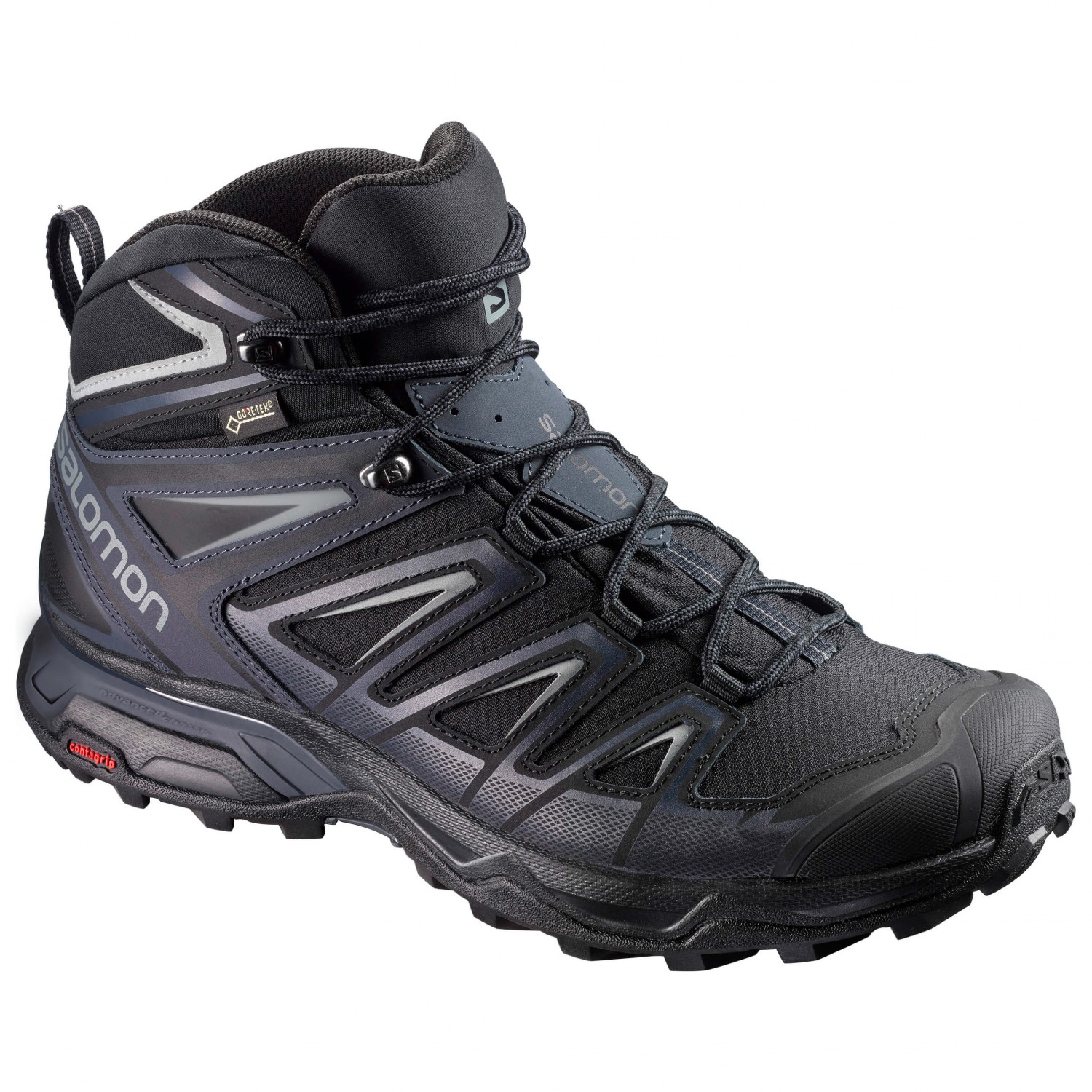
2. Merrell Moab 2 Mid Waterproof: The Merrell Moab 2 Mid Waterproof is celebrated for its immediate comfort and excellent traction. Equipped with a Vibram sole and a supportive footbed, this boot is designed to tackle various hiking conditions while keeping your feet protected. Its waterproof leather and mesh upper provide breathability and versatility across different environments.
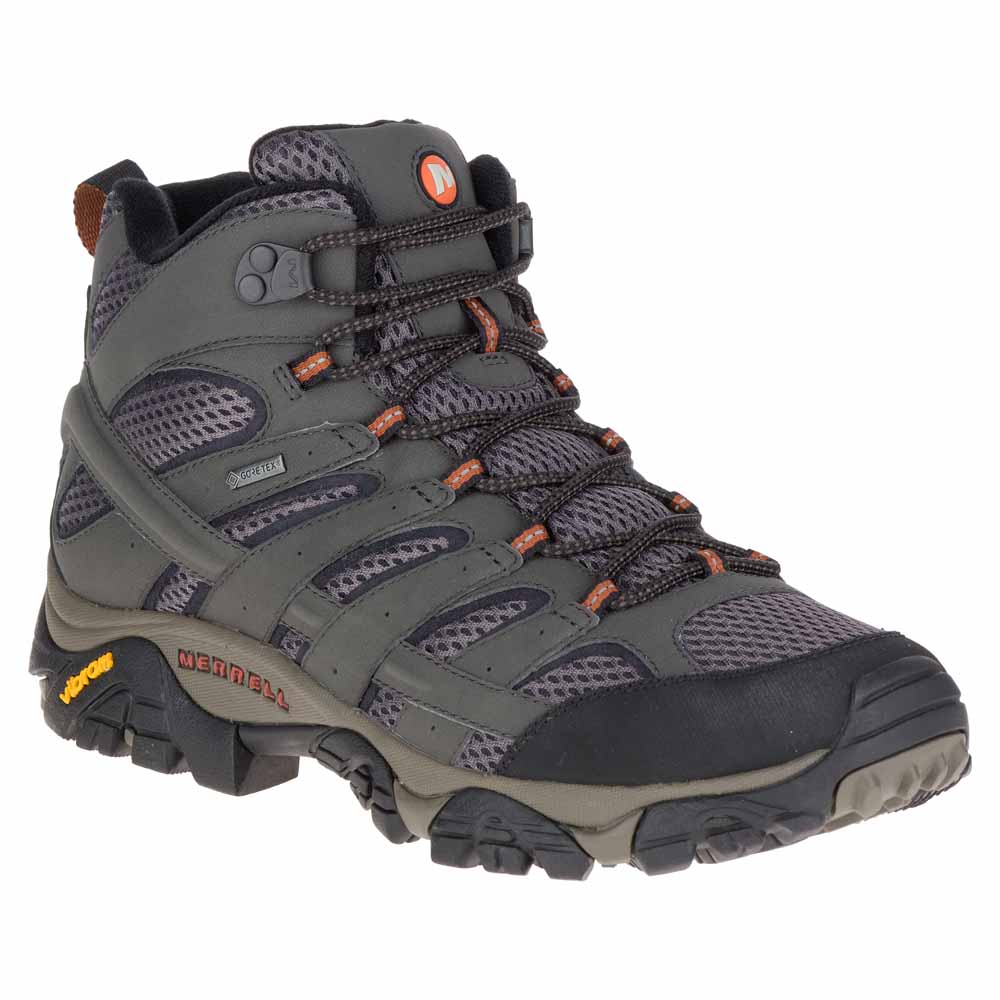
3. Keen Targhee III Waterproof Mid: For hikers seeking robust support and durability, the Keen Targhee III Waterproof Mid is an outstanding option. It boasts the KEEN.DRY waterproof membrane and an aggressive outsole pattern, ensuring stability and dryness on slippery or wet trails. This boot is built to endure tough conditions without compromising on comfort.
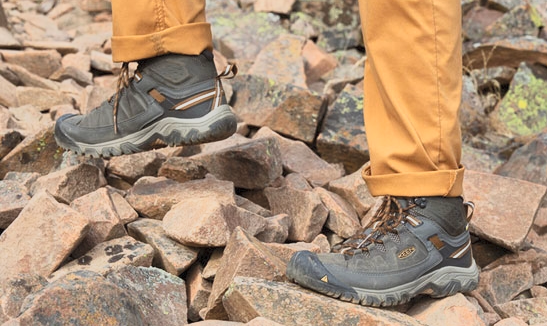
4. La Sportiva Trango TRK GTX: Tailored for the adventurous hiker facing challenging terrains, the La Sportiva Trango TRK GTX offers unparalleled support and protection. With a Gore-Tex lining for waterproofing and a Vibram Mulaz outsole for grip, this boot is suitable for serious hikes and mountaineering endeavors, providing confidence on the most demanding paths.

5. Columbia Newton Ridge Plus Waterproof Amped: Combining affordability with performance, the Columbia Newton Ridge Plus Waterproof Amped is an excellent choice for those new to hiking or on a budget. This boot does not skimp on features, offering waterproof construction and superior cushioning, ensuring a comfortable and enjoyable hiking experience without a hefty price tag.
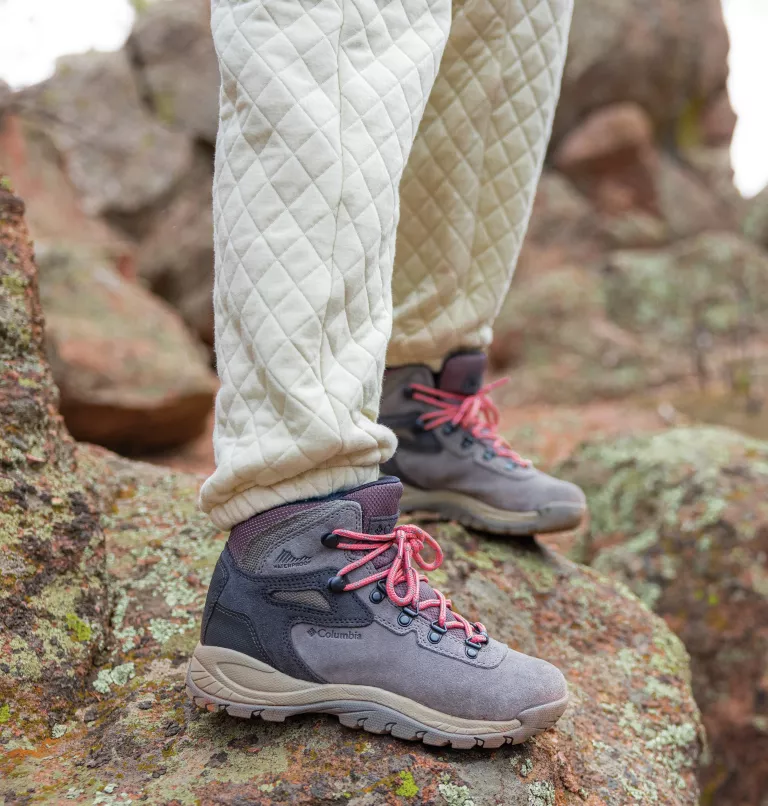
These five boots have been carefully selected based on their ability to meet the diverse needs of female hikers. Each model brings something unique to the table, whether it's lightweight design, immediate comfort, or rugged durability for challenging adventures. When choosing your next pair of hiking boots, consider these top options to enhance your trail experiences.
Keep Reading: The best mountaineering boots for elevations from 4000m (13,123 ft) to 8000m (22,965 ft)
Tips for Caring for Your Hiking Boots
Maintaining the condition of your hiking boots not only prolongs their life but also ensures they remain effective and comfortable for your outdoor expeditions. Regular maintenance is key to keeping your boots in top shape, ready for whatever trail or terrain you decide to tackle next.
After each hike, take the time to thoroughly clean your boots. Brush off mud and debris with a soft brush or cloth, paying special attention to the outsole where dirt can accumulate. For stubborn grime, use a mild soap and water solution, but avoid harsh detergents that can damage the boot materials. Remember to rinse your boots well after cleaning.
Leather boots require a bit more care to maintain their durability and water resistance. Applying a leather conditioner periodically prevents the material from drying out and cracking. Be sure to use a product that's appropriate for the type of leather your boots are made from, as some treatments can alter the leather's properties or appearance.
Waterproof boots should be treated with a waterproofing agent from time to time. This reapplication helps sustain the boot's ability to repel water, keeping your feet dry during wet hikes. Check the manufacturer’s recommendations for suitable waterproofing products, as using the wrong one could affect the breathability and performance of your boots.
Drying your boots properly is crucial. After cleaning or a hike through wet conditions, let your boots air dry away from direct heat sources, like radiators or direct sunlight. Excessive heat can weaken adhesives and materials, leading to premature wear. Stuffing your boots with newspaper can help absorb moisture and maintain their shape as they dry.
Inspect your boots regularly for any signs of wear or damage, such as loose soles or worn-out laces. Addressing these issues early can prevent further deterioration and potentially expensive repairs. If you’re unsure about how to fix a particular problem, consulting a professional cobbler or the manufacturer can provide guidance on the best course of action.
Adhering to these care tips will help ensure your hiking boots stay comfortable, perform well, and last through many adventures. Proper maintenance not only protects your investment but also supports your journey through the great outdoors.
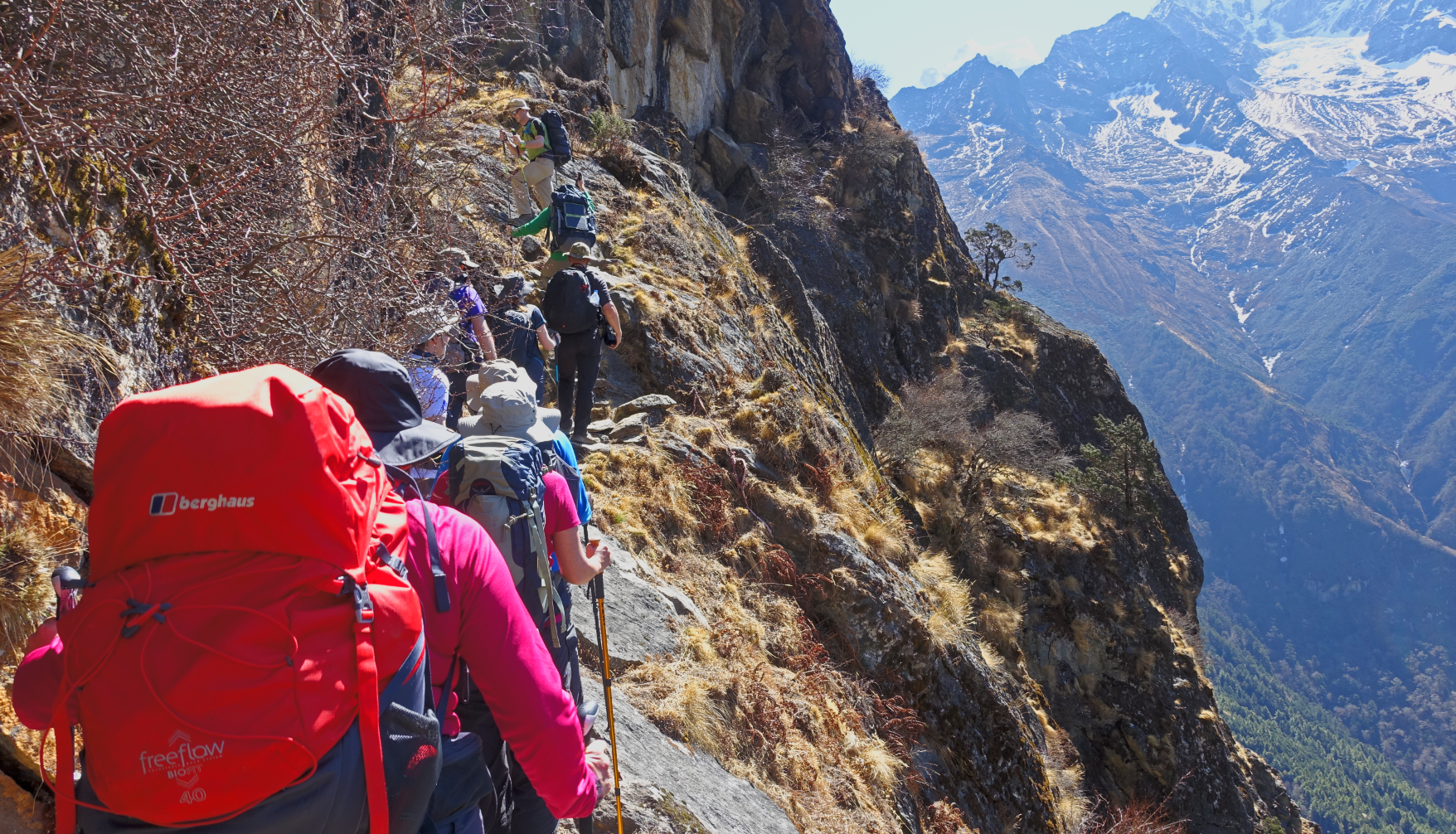
Summary
There you have it, the top 5 recommended best hiking boots for women. We hope you we were able to help you find the right ladies hiking boot and you enjoy your next outdoor adventure in comfort!